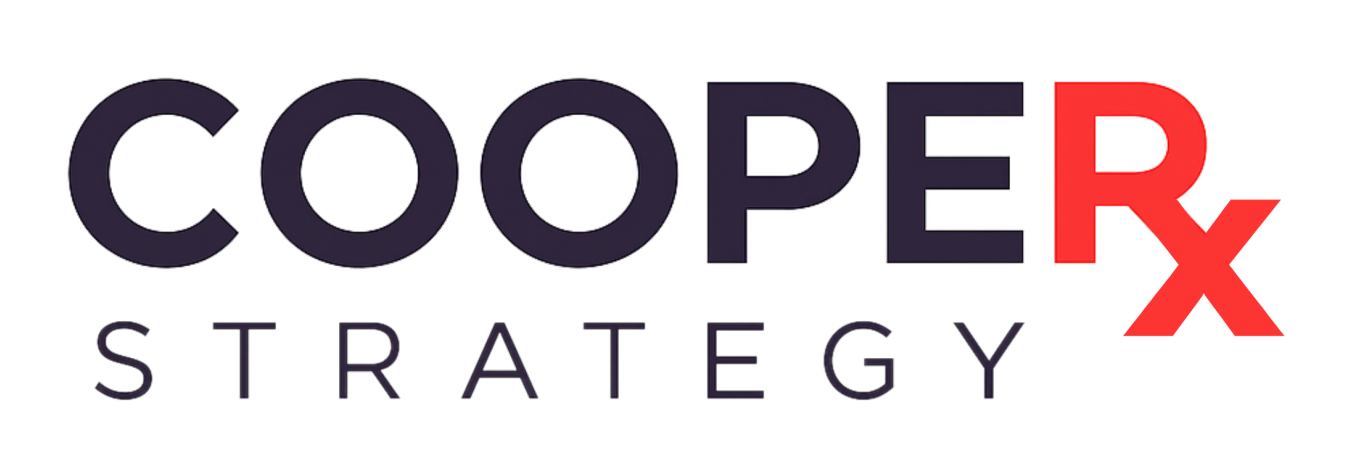How 340B Programs Strengthen Communities — And Why Compliance Matters
Since its creation in 1992, the federal 340B Drug Pricing Program has been a lifeline for health centers, hospitals, and pharmacies serving vulnerable populations. By allowing covered entities to purchase medications at reduced prices, the program generates savings that can be reinvested into patient care. Those dollars often support free clinics, expanded pharmacy services, or specialty programs for patients who would otherwise fall through the cracks.
Yet, while the mission of 340B is straightforward, managing the program effectively is anything but. Complex rules, evolving federal guidance, and the risk of audits mean covered entities must balance opportunity with responsibility. This is where strategy — and trusted partners — make all the difference.
Why 340B Is So Important Today
Healthcare costs in the United States continue to rise, especially for medications. For many patients, affording prescriptions can mean the difference between staying on track with a treatment plan or ending up back in the emergency room. 340B helps bridge this gap by reducing the cost burden on providers and passing those savings along to the communities they serve.
Hospitals often use 340B savings to expand uncompensated care. Community health centers reinvest into outreach programs, chronic disease management, or mental health services. Pharmacies participating in 340B partnerships are able to keep more patients adherent to medications, improving long-term outcomes.
Simply put, 340B dollars ripple outward — from the clinic, to the pharmacy, to the community.
The Challenge: Compliance and Complexity
For all its benefits, 340B is not easy to manage. The rules are nuanced, and gray areas abound. A few of the biggest challenges include:
- Referral Capture: Determining when a prescription written by an external provider still qualifies under 340B rules.
- Data Integration: Coordinating information across electronic health records (EHRs), pharmacies, and third-party administrators (TPAs).
- Audit Readiness: HRSA and manufacturers both conduct audits, and poor documentation can lead to repayment or even program disqualification.
- Evolving Regulations: Guidance shifts over time, creating uncertainty and leaving covered entities to interpret the rules.
For many organizations, these hurdles feel overwhelming. That’s why so many look for experienced partners who can provide both clarity and confidence.
Building a Strong 340B Program
A well-managed program does more than meet minimum compliance requirements. It maximizes savings, strengthens care coordination, and reduces risk. The key ingredients include:
- Transparent Data – Covered entities need access to clear, accurate reporting. When data flows freely, problems are easier to spot and resolve before they escalate.
- Standardized Workflows – From referral capture templates to audit documentation, having consistent processes ensures nothing slips through the cracks.
- Ongoing Training – Staff at every level should understand their role in 340B. Regular training ensures compliance isn’t just a policy — it’s part of the culture.
- Technology Integration – The more systems can “talk” to each other, the fewer gaps in documentation. This means linking EHRs, pharmacy feeds, and TPA data into one streamlined picture.
- Proactive Oversight – Instead of waiting for an auditor to find mistakes, strong programs self-audit, run compliance checks, and resolve issues quickly.
Case Study: From Risk to Resilience
Consider a federally qualified health center (FQHC) that came to Cooper Strategy after struggling with fragmented referral documentation. Their capture rate was low, compliance risk was high, and leadership lacked confidence in their program.
By standardizing referral workflows, training staff, and integrating data feeds with contract pharmacies, the center turned things around. Within a year, they increased their referral capture rate by 40%, passed a manufacturer audit with zero findings, and realized more than $1 million in additional savings.
Those savings weren’t abstract. They allowed the health center to expand its behavioral health department and fund new community outreach workers. That’s the true spirit of 340B in action.
The Future of 340B
As healthcare evolves, the pressure on 340B will only grow. Policymakers continue to scrutinize the program, manufacturers are pushing back with new restrictions, and audit expectations are rising. Covered entities that want to thrive must not only stay compliant but continuously adapt.
The future of 340B lies in data-driven strategies, interoperability, and ethical growth. Programs that prioritize transparency and patient impact will be best positioned to defend and sustain the program for years to come.
Final Thoughts
The 340B Program remains one of the most powerful tools in U.S. healthcare to expand access and reduce inequities. But with opportunity comes responsibility. For covered entities, the question isn’t just “Are we compliant?” — it’s “Are we using 340B to its fullest potential for our patients and community?”
At Cooper Strategy, we believe the answer should always be yes. By combining regulatory expertise, advanced technology, and a patient-first philosophy, we help covered entities transform 340B programs from a source of anxiety into a source of strength.
